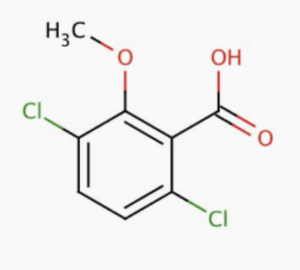
Pesticides: EPA Cancellation Order on Dicamba, Distribution Ceases, Use Ends July 31
The EPA has issued its cancellation order pursuant to the 9th Circuit ruling last week ordering the delisting of …



Extension and research at NC State address timely issues impacting our state. Extension delivers trusted information directly into the hands of farmers and agribusinesses, helping them translate knowledge into solutions that grow our economy and communities.
El inglés es el idioma de control de esta página. En la medida en que haya algún conflicto entre la traducción al inglés y la traducción, el inglés prevalece.
Al hacer clic en el enlace de traducción se activa un servicio de traducción gratuito para convertir la página al español. Al igual que con cualquier traducción por Internet, la conversión no es sensible al contexto y puede que no traduzca el texto en su significado original. NC State Extension no garantiza la exactitud del texto traducido. Por favor, tenga en cuenta que algunas aplicaciones y/o servicios pueden no funcionar como se espera cuando se traducen.
Inglês é o idioma de controle desta página. Na medida que haja algum conflito entre o texto original em Inglês e a tradução, o Inglês prevalece.
Ao clicar no link de tradução, um serviço gratuito de tradução será ativado para converter a página para o Português. Como em qualquer tradução pela internet, a conversão não é sensivel ao contexto e pode não ocorrer a tradução para o significado orginal. O serviço de Extensão da Carolina do Norte (NC State Extension) não garante a exatidão do texto traduzido. Por favor, observe que algumas funções ou serviços podem não funcionar como esperado após a tradução.
English is the controlling language of this page. To the extent there is any conflict between the English text and the translation, English controls.
Clicking on the translation link activates a free translation service to convert the page to Spanish. As with any Internet translation, the conversion is not context-sensitive and may not translate the text to its original meaning. NC State Extension does not guarantee the accuracy of the translated text. Please note that some applications and/or services may not function as expected when translated.
Collapse ▲
The EPA has issued its cancellation order pursuant to the 9th Circuit ruling last week ordering the delisting of …

9th Circuit Suspends Listing of Dicamba Last week on June 3, the 9th Circuit Court of Appeals ordered the EPA …

Pollinator Paradise is a Demonstration Garden created by the North Carolina Cooperative Extension, Chatham County Center. Agriculture Agent Debbie …
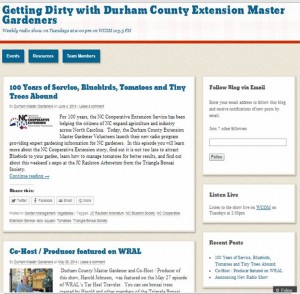
The Extension Master Gardeners in Durham County have launched a radio show on WCOM 103.5 FM. The show can …

Versatile asparagus is a nutritional powerhouse that pairs well with fish, beef, shrimp, veal, chicken, and pasta, but is …
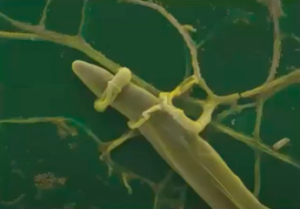
This webinar presentation is about BioWorma®, a fungus (Duddingtonia flagrans) that traps and kills roundworm larvae in the manure …

On May 19 the USDA Agricultural Marketing Service (AMS) issued its final rule on the direct payment portion of …
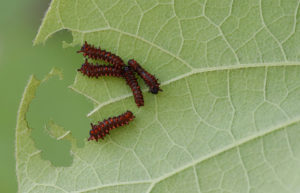
Pollinator Paradise is a Demonstration Garden created by the North Carolina Cooperative Extension, Chatham County Center. Agriculture Agent Debbie …
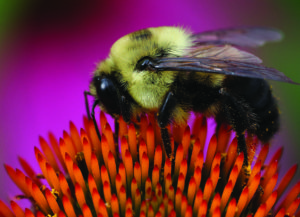
In honor of Citizen Science Month, the Chatham County Center of North Carolina Cooperative Extension conducted a webinar on …

About the Coronavirus Food Assistance Program USDA is accepting applications now through August 28, 2020. Producers should apply through the Farm Service …

Last week the North Carolina Farm Bureau Federation prevailed in halting the implementation of the three most recent Animal …

How do I protect my garden from frost? We are due for some cold nights coming up in WNC and …
[Note, given the urgency and high competition for this program, this is copied from the Small Business Administration website. …

NC State conducted a strawberry Neopestalotiopsis (Neo-P) trial at the Horticultural Crops Research Station in …
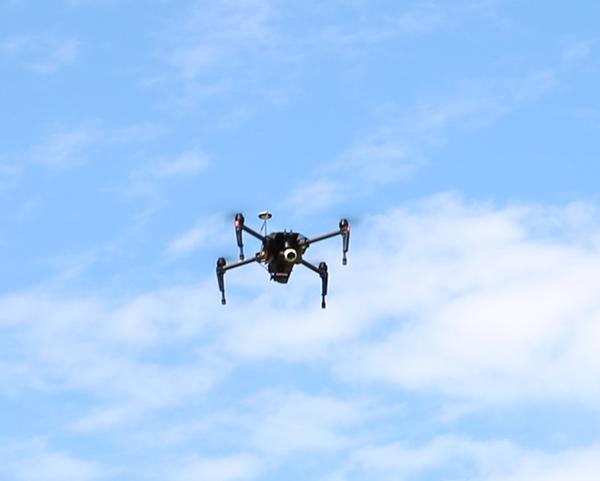
This publication discusses flying unmanned aerial vehicles (drones, model aircraft) for commercial purposes. You'll learn …
This guide outlines steps that a facility producing livestock food could follow when developing its …

This review presents the key steps involved in pruning a mature Carlos vine for maximum …

This vegetable pathology factsheet describes the identification and treatment of anthracnose of pepper.
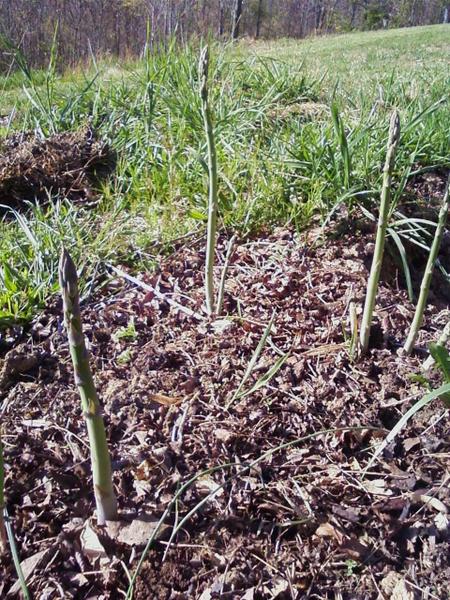
Asparagus has been considered a garden delicacy since Roman times. Any home gardener can grow …
Lack of yard space is no excuse for not growing a vegetable garden. Regardless of …
Sprouts from mung bean (Phaseolus aureus) have been used for food since ancient times. These …